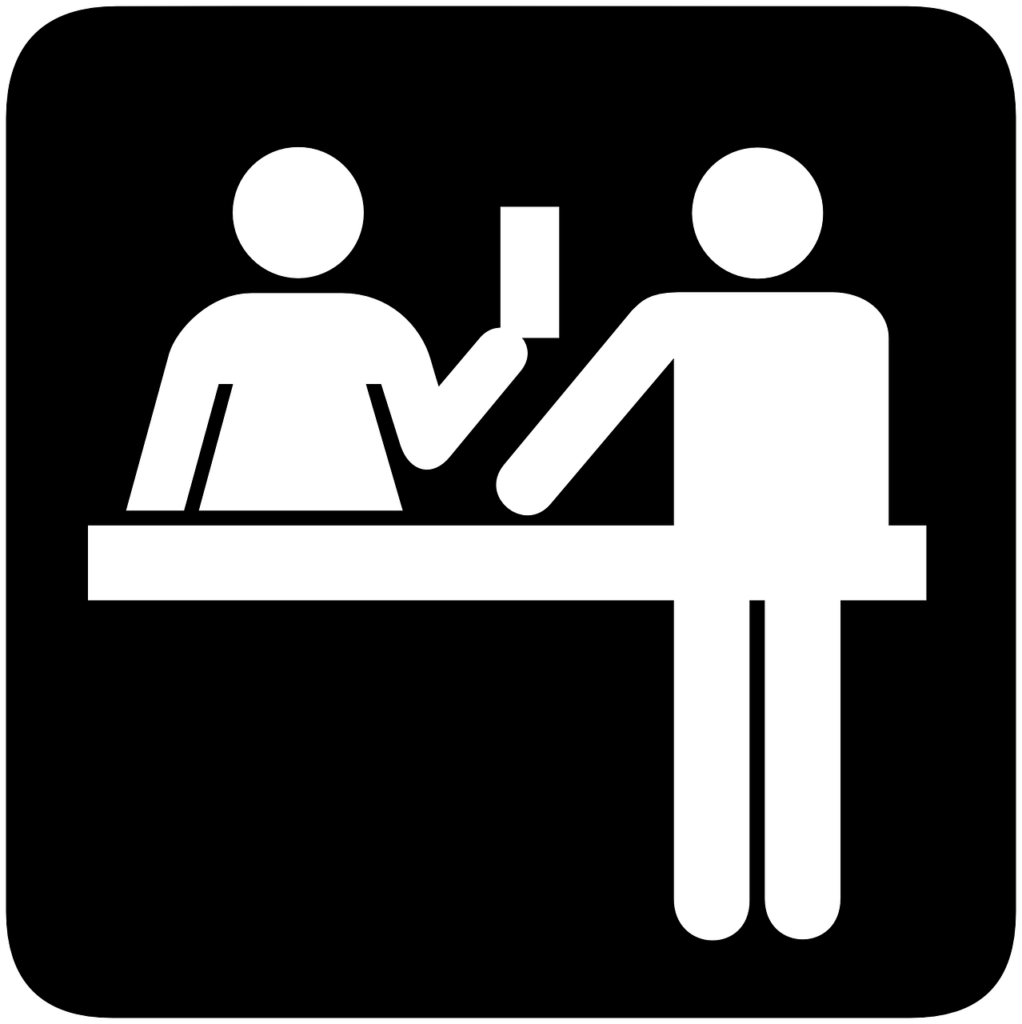Obviously, the last thing you want is to have to recall a product. Product recalls occur when there is a flaw or defect in one of your products. If you just ignore it and let it go, this can cause some serious damage to your brand. After all, companies are built upon their reputations. The question is, how to handle a product recall.
The key is not to panic. Having a policy in place for what to do should there be a product recall is imperative. While ideally, the issue never comes up, it’s possible at some point in your company’s lifecycle. So you want to be prepared. You want to have a plan for exactly how to handle it with the least amount of damage being done.

Understanding Product Recalls
We noted that product recalls occurring when there is some sort of defect in a product. Usually, when dealing with smaller companies, a product recall will be a voluntary process. In some cases, depending on your industry and relevant regulations, it could be mandatory. In either scenario, you need to either compensate the purchaser or convince them to trade in the defective product for another product.
A product recall can be extremely important, especially if it concerns the health and safety of the consumer. Let’s say you sell someone a skateboard with design flaws. Such flaws could ultimately lead to an unintended incident. This, in turn, would obviously compromise the safety and health of the purchaser. This is why a recall in this instance is significant.
Properly Managing a Product Recall
So what exactly should you do if you know a product needs to be recalled?
Respond promptly
As soon as you know that there is a design flaw or some other sort of defect, you need to react immediately. You have to reach out to customers ASAP and take responsibility. Explain precisely what you’re going to do and how you will do it.
Make sure you have an explanation
Transparency is key here. The more information you can share, the more you’ll retain the trust of your customers. You don’t have to offer a lengthy explanation, but it needs to be a clear and concise one. This will also make it easier for the customers to accept the next steps.
Keep the lines of communication open
There may be some customers who have questions regarding the product recall. Make sure you are available to answer those questions. If you don’t have the answer, reassure the client that you will get back to them as soon as you find out. Sharing details, again, helps you to retain trust.
Offer a refund
When it comes to a product recall, offering a refund to the purchaser is generally the most accepted form of action. You could, of course, offer a product in exchange, but if the consumer is not happy with this option, then you want to be prepared to offer them a full refund.
Go back to the drawing board
Regarding the recalled product, you may want to re-introduce it at some point. This means connecting with the manufacturer to rectify any issues or doing so in-house. After that, you want to plan out an honest marketing campaign that also excites people about the re-introduced product.
Handling a product recall doesn’t have to be catastrophic. You could learn some invaluable lessons as a result of a recall. Preparing is key. Being open and honest is imperative. And following through on any promises you make will help reify customer satisfaction and trust. Revisit your product recall plan and see where you stand.

First Union Lending is Here for You
We offer small businesses short-term loans, merchant cash advances, and lines of credit, among other financing types. Our job is to help you thrive and ultimately grow. Most of our clients will receive funding within two days of application. Yes, we really do work that quickly. And even if your credit score is less than ideal, we might still have a funding solution for you. Call today and let’s get started together.
